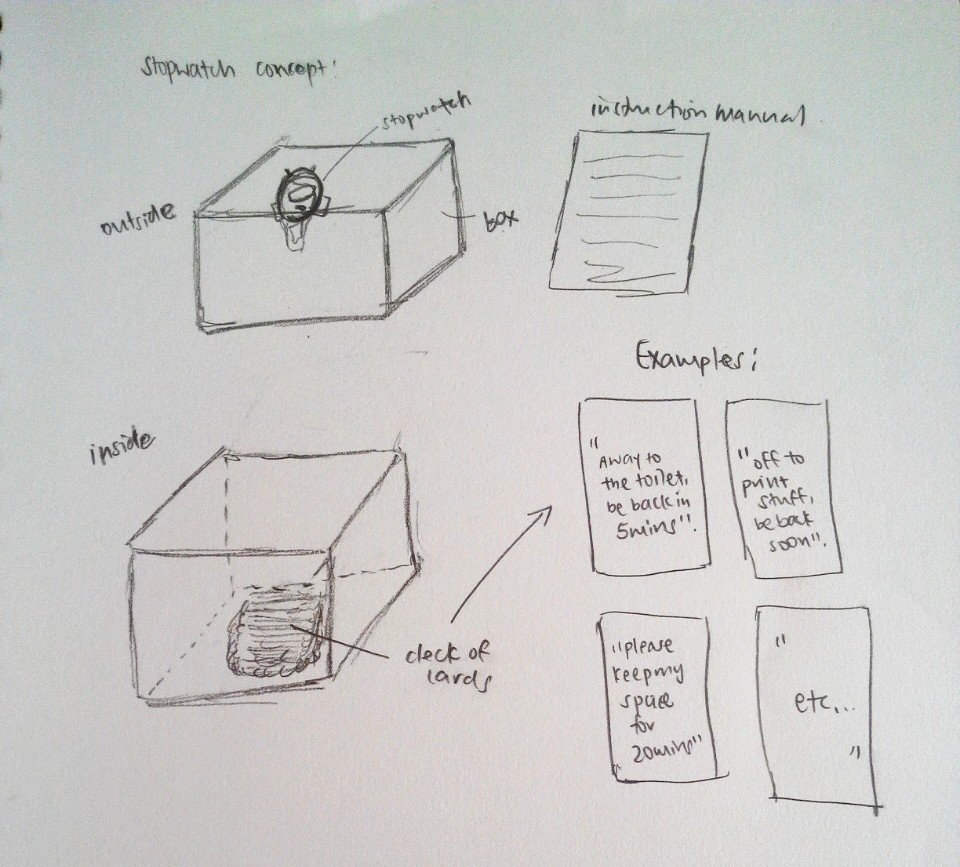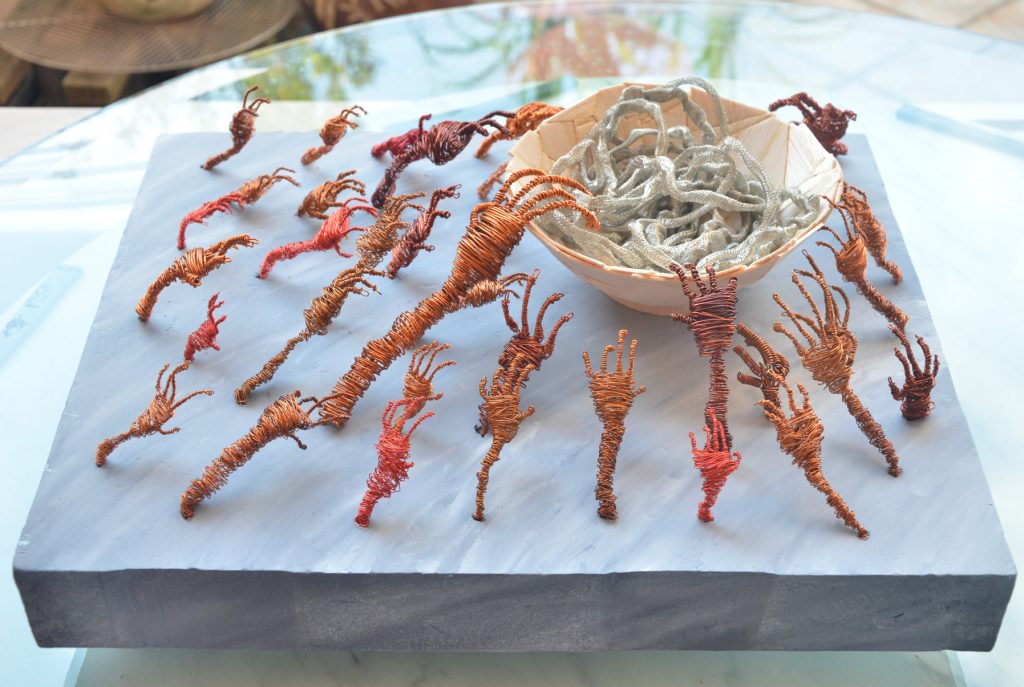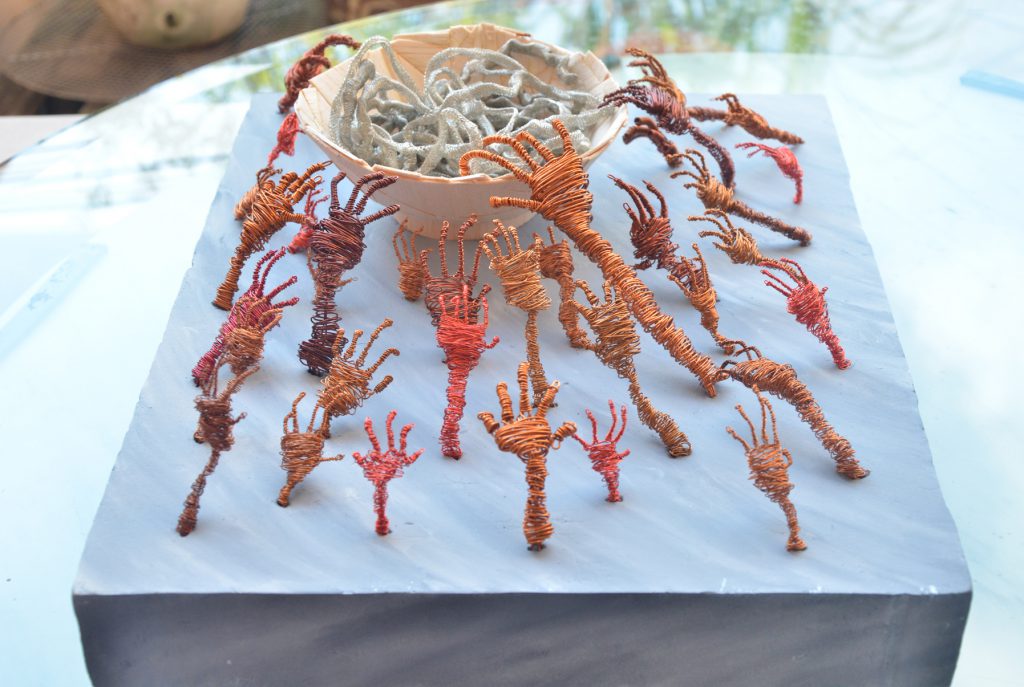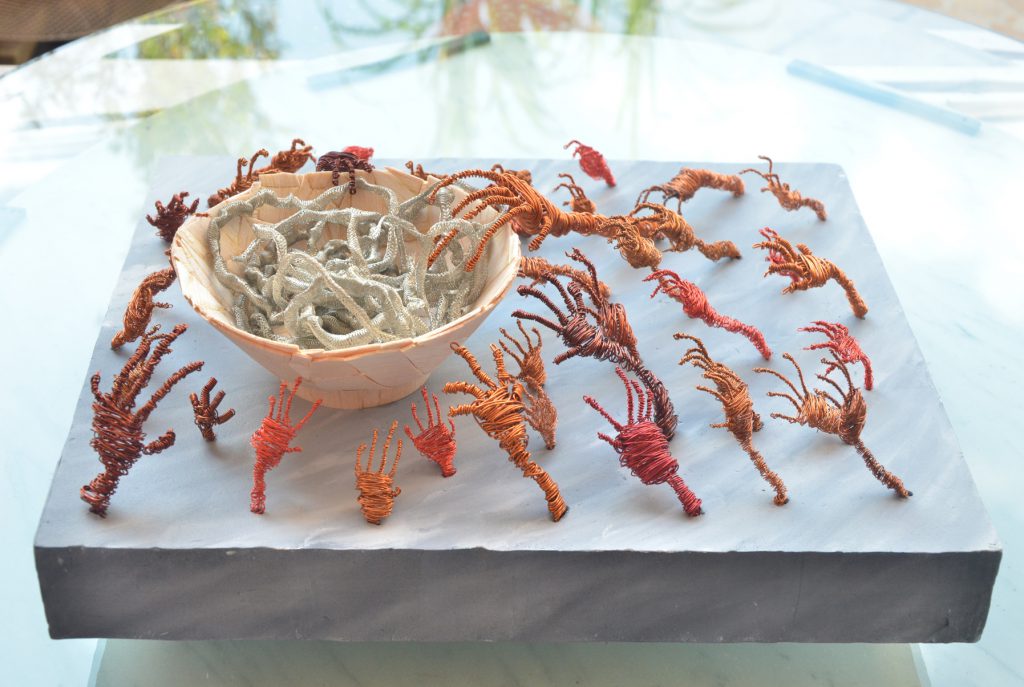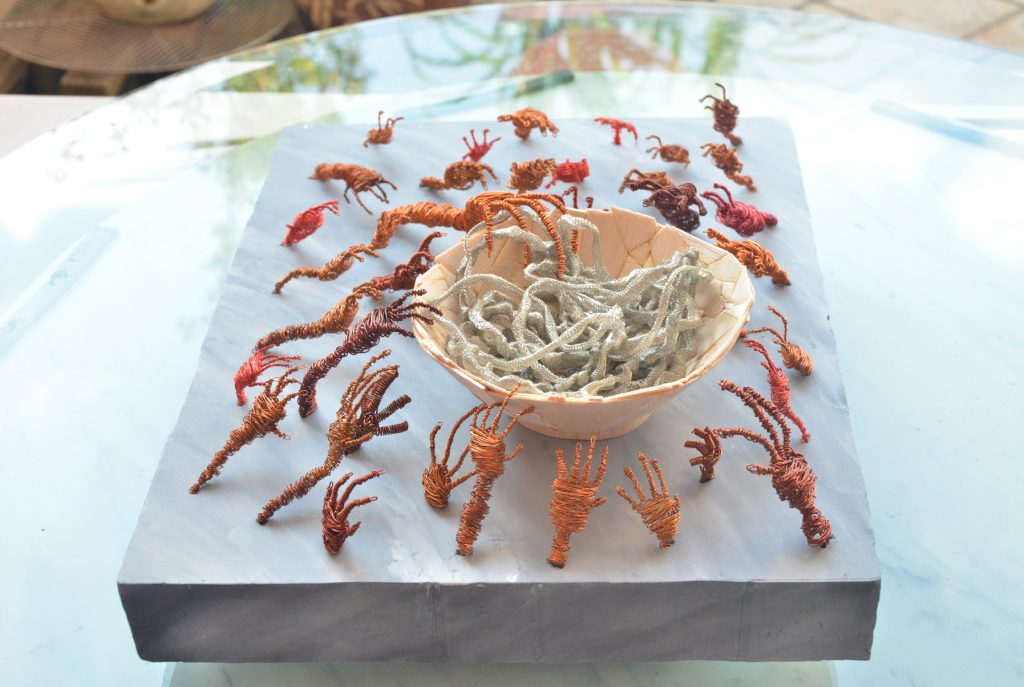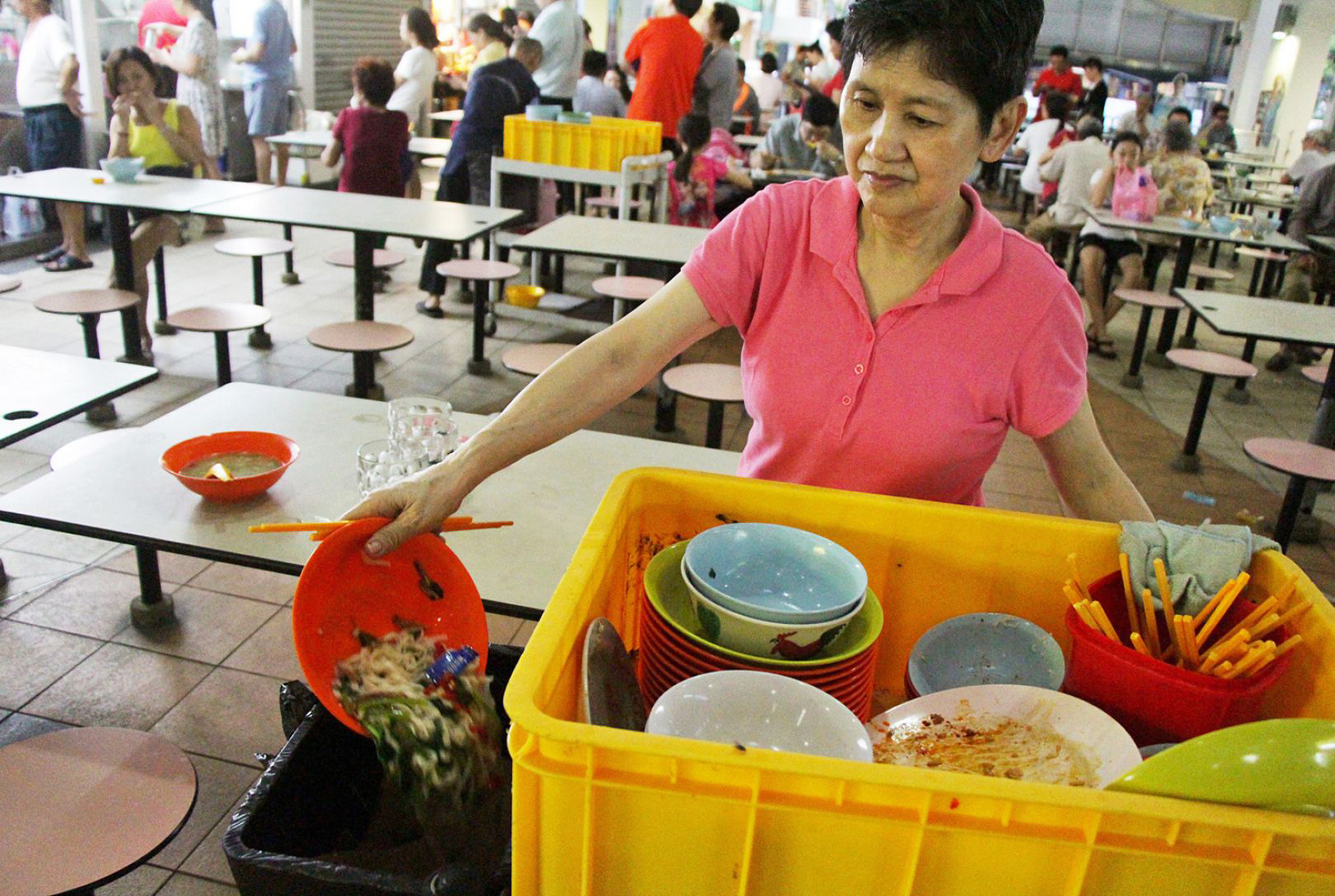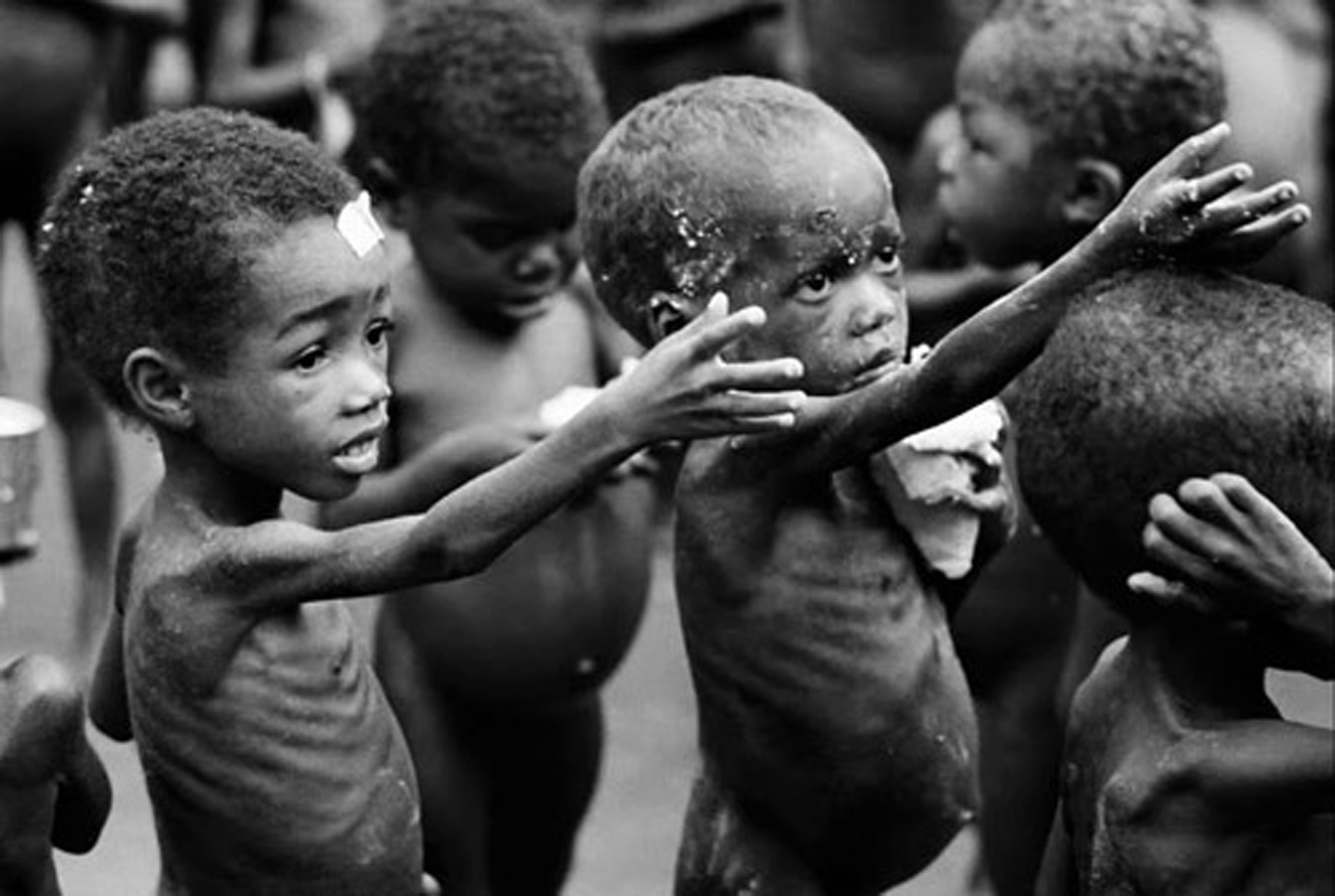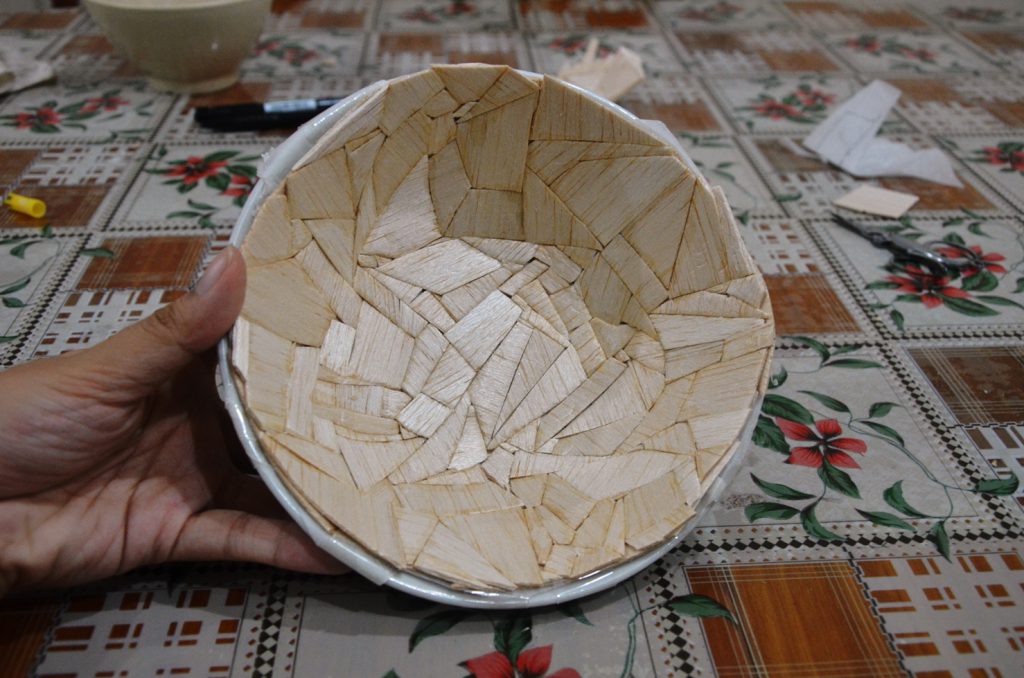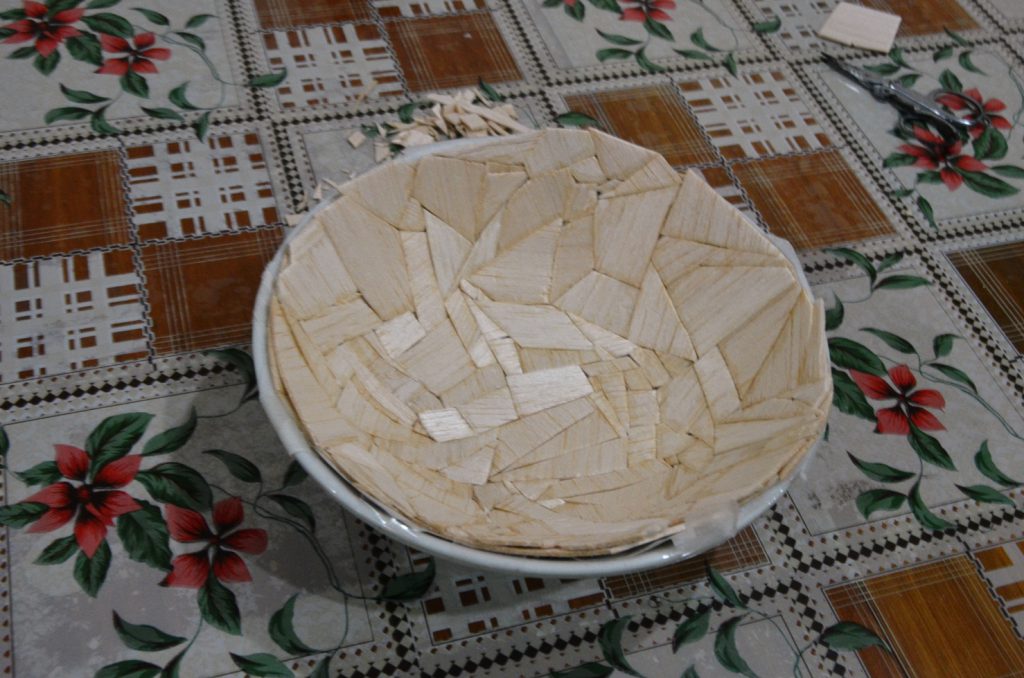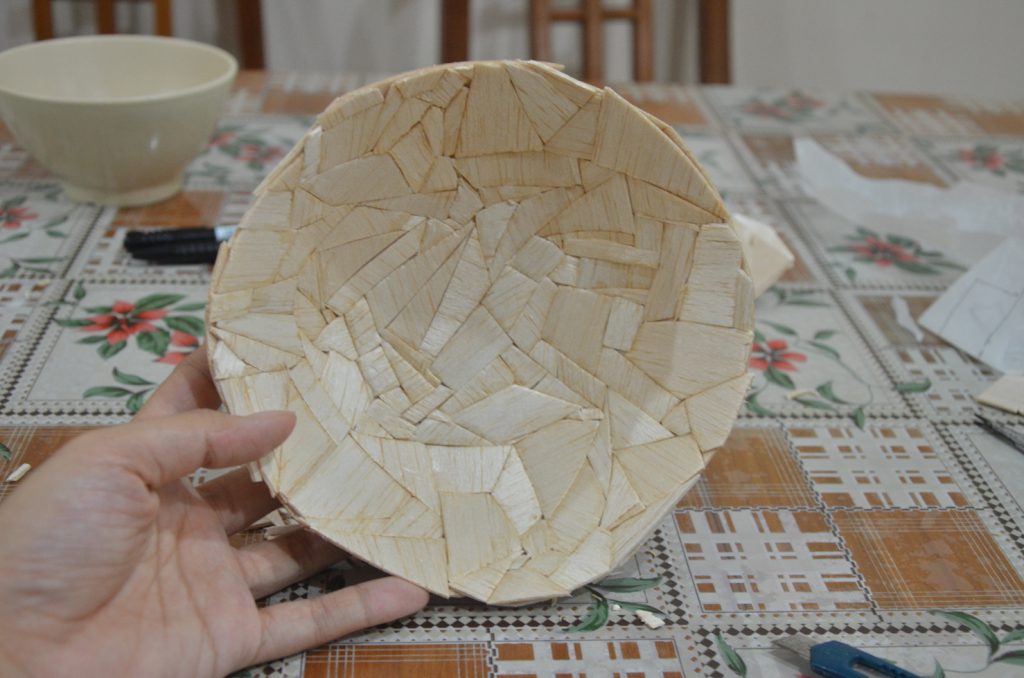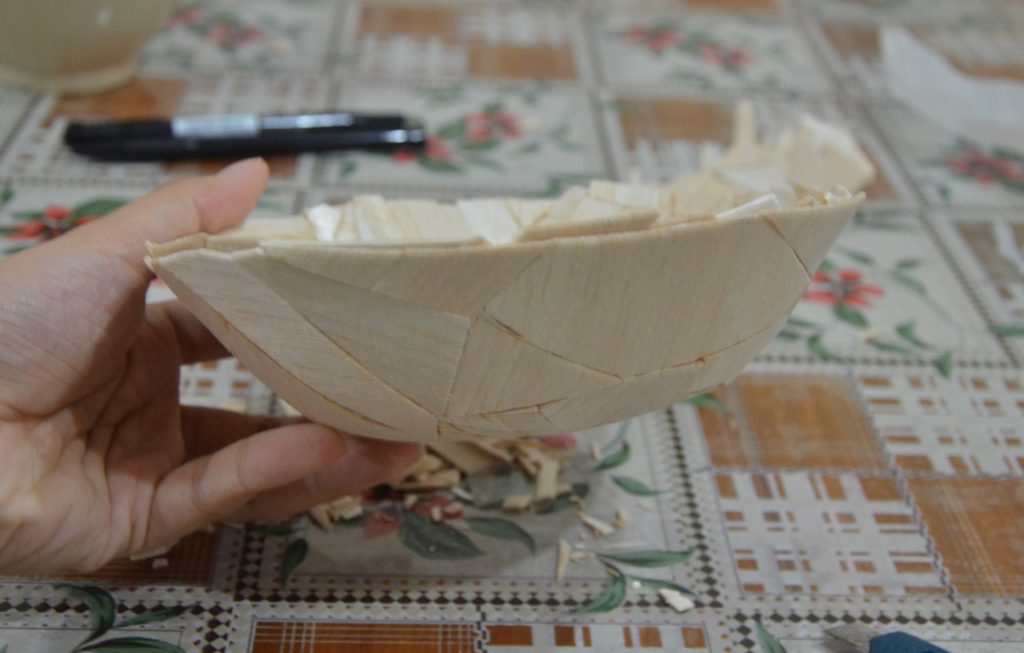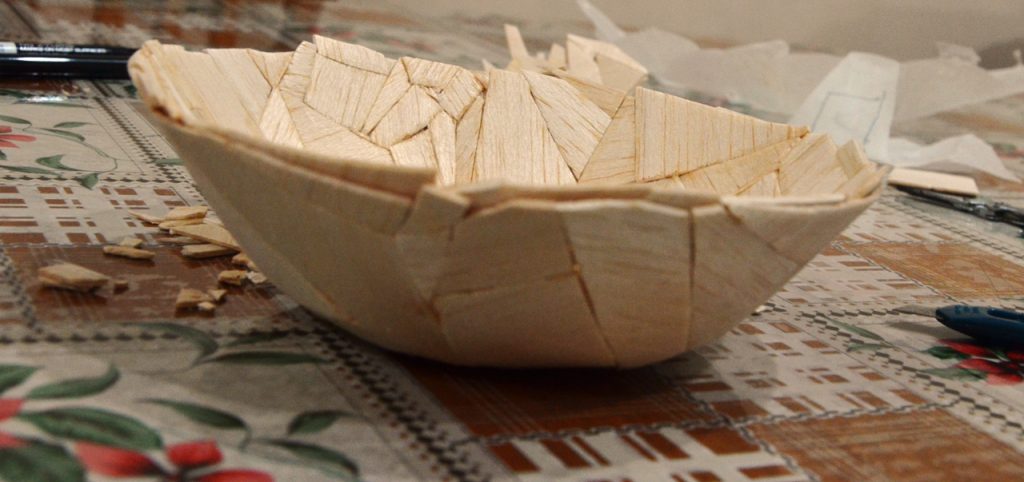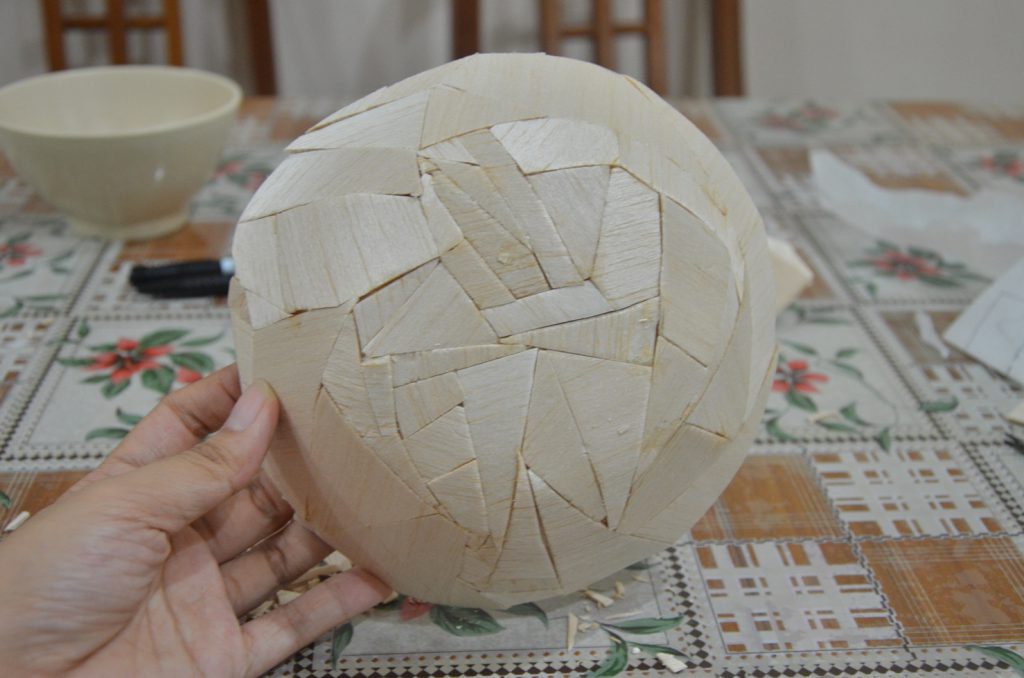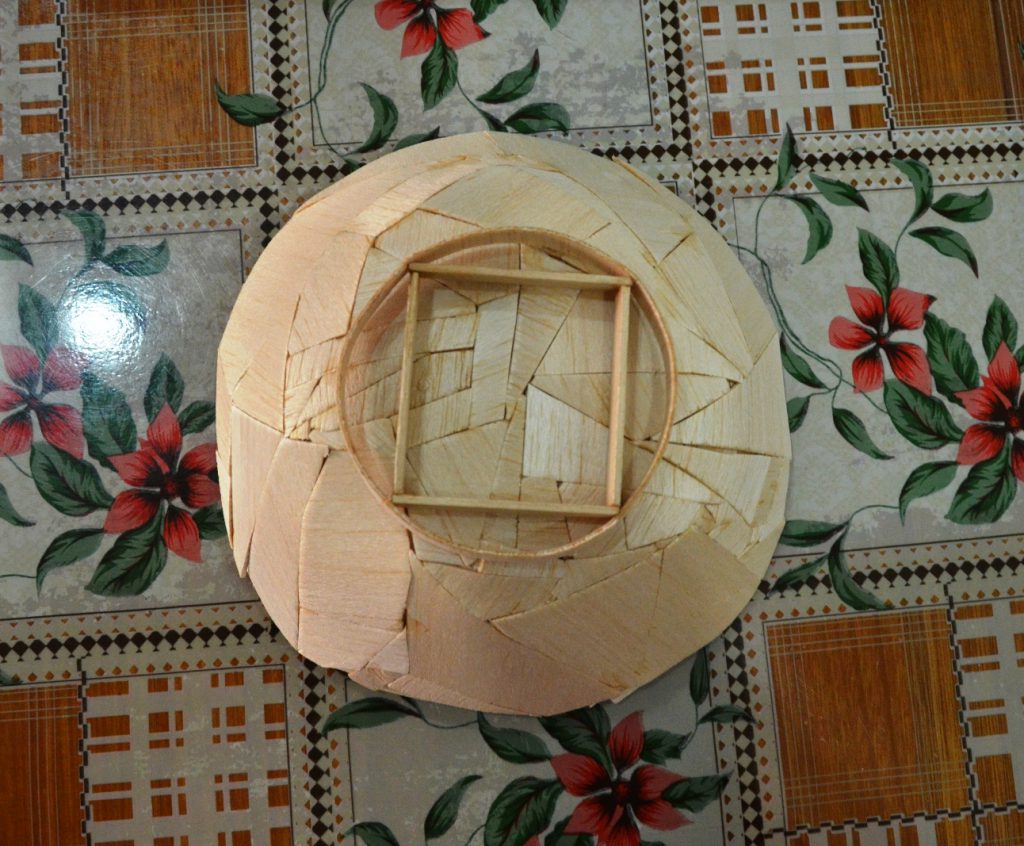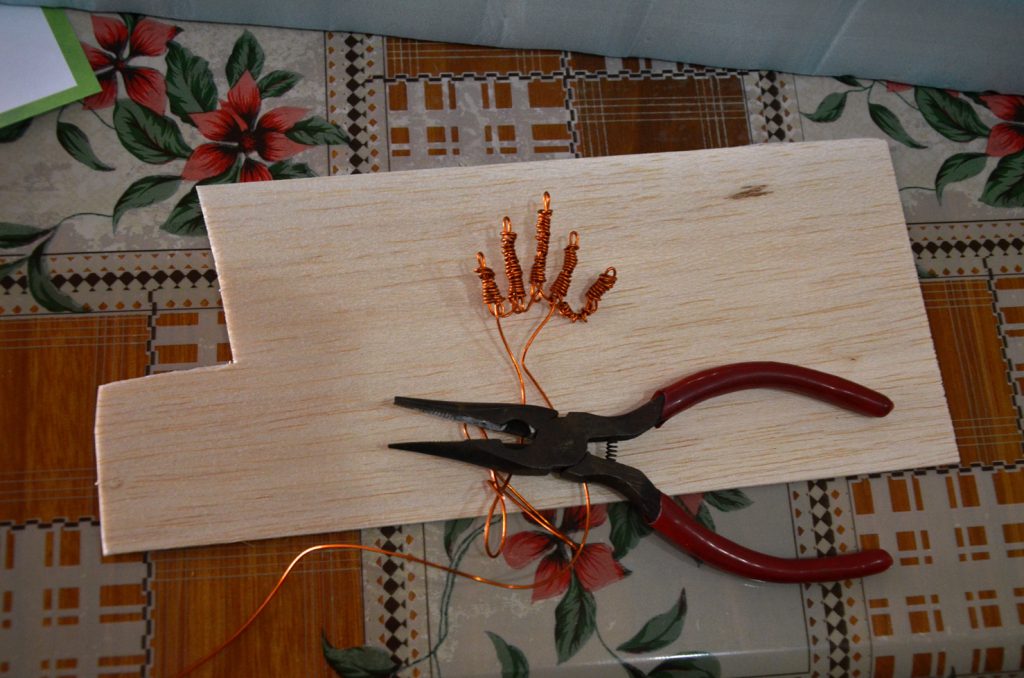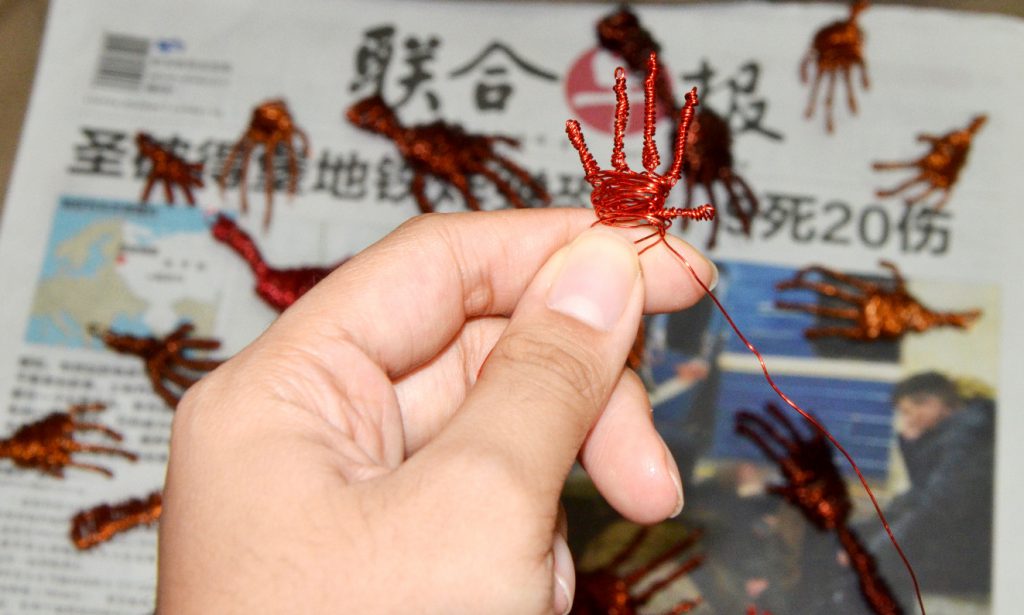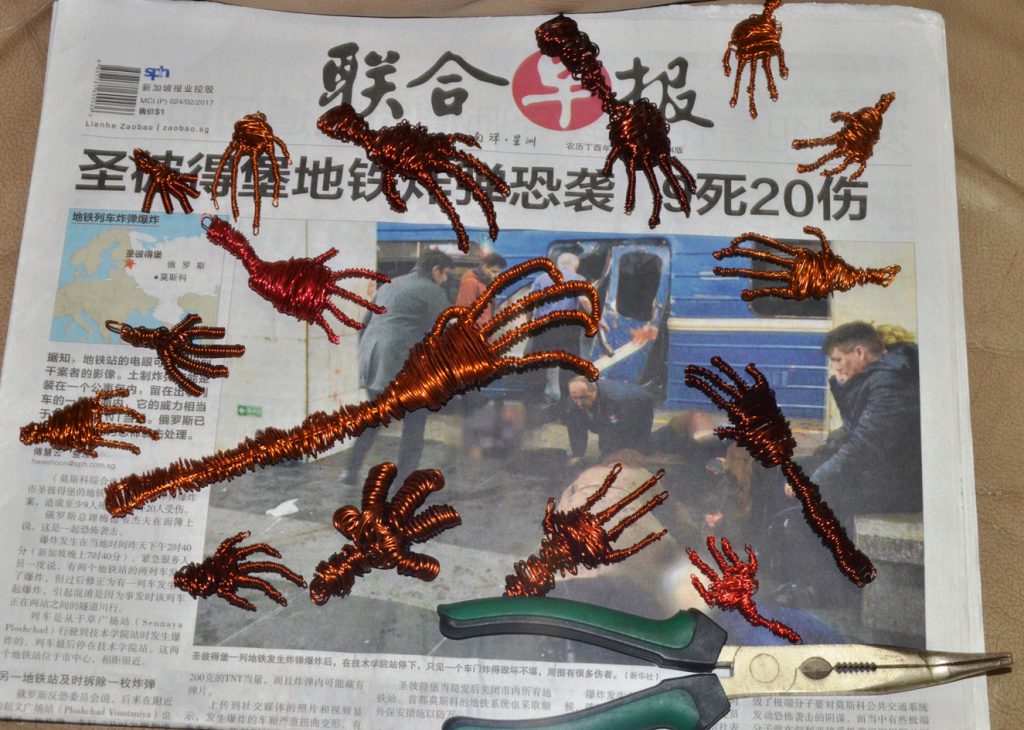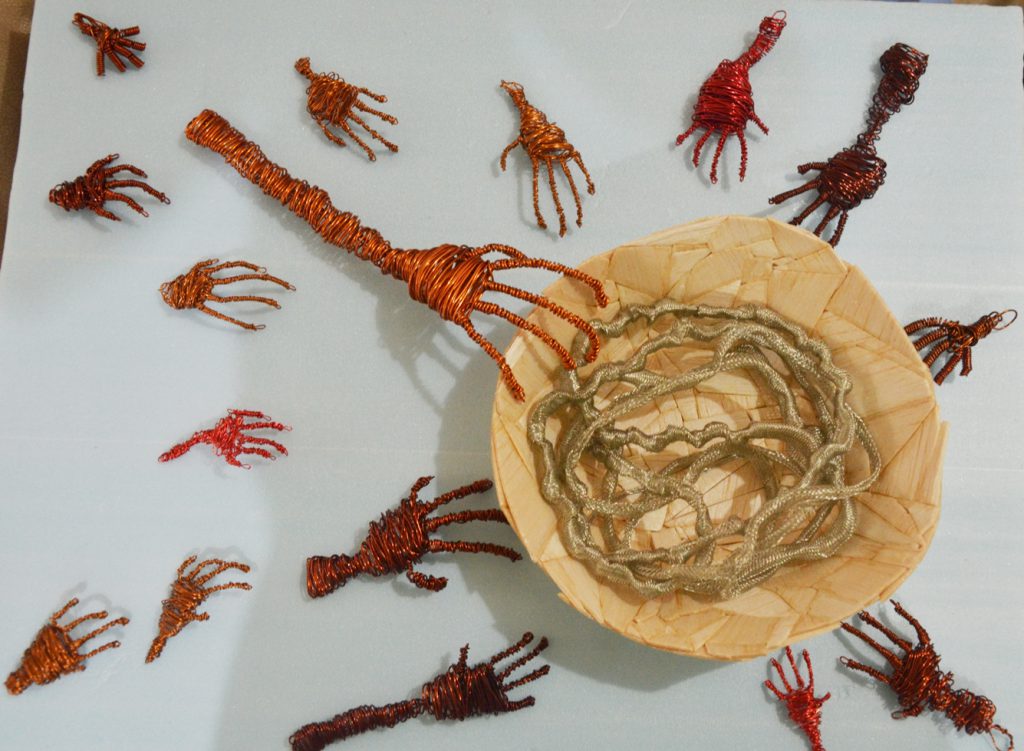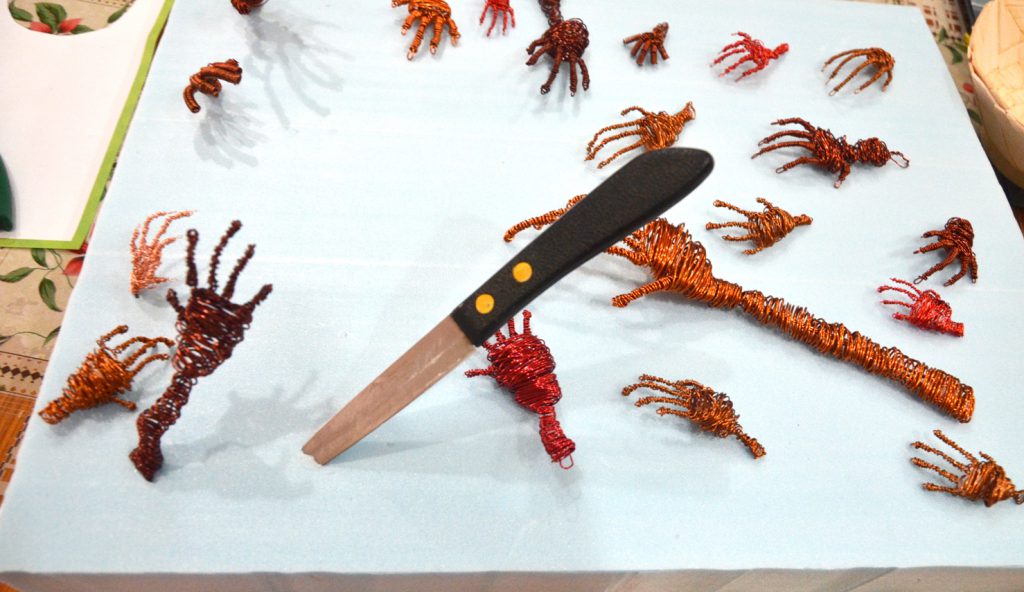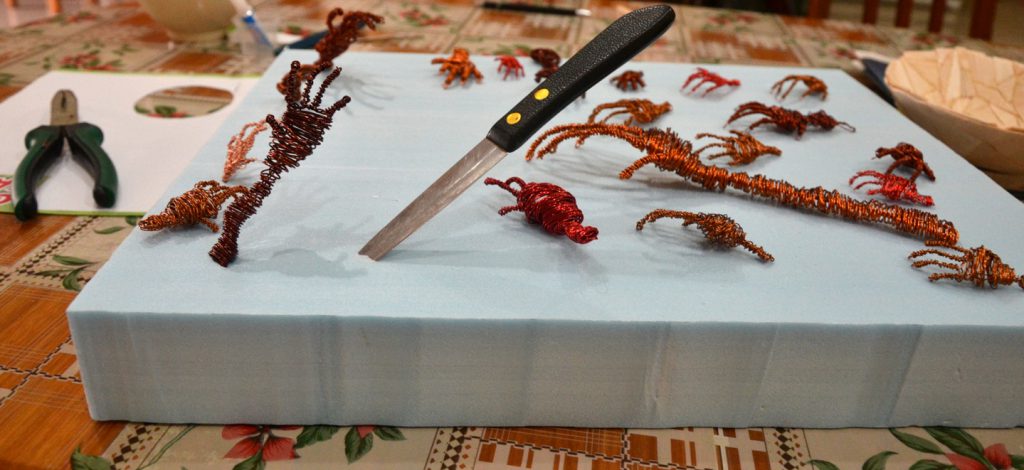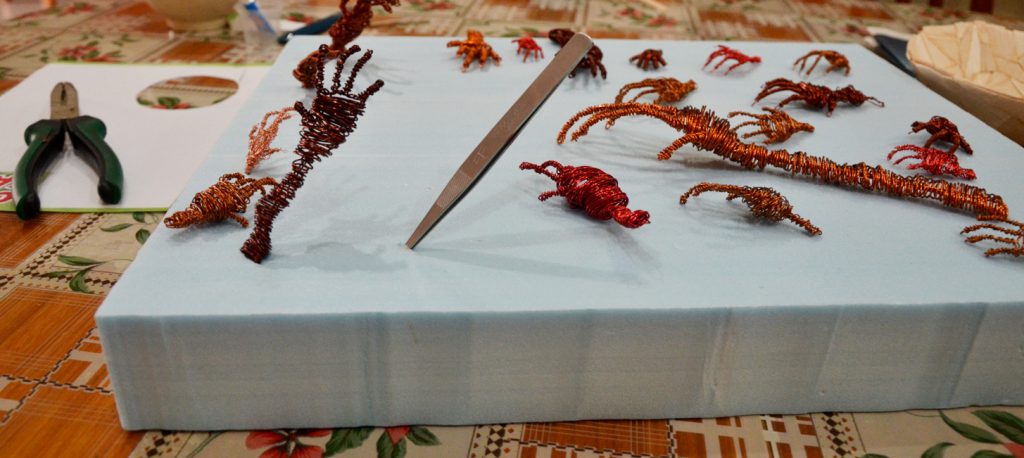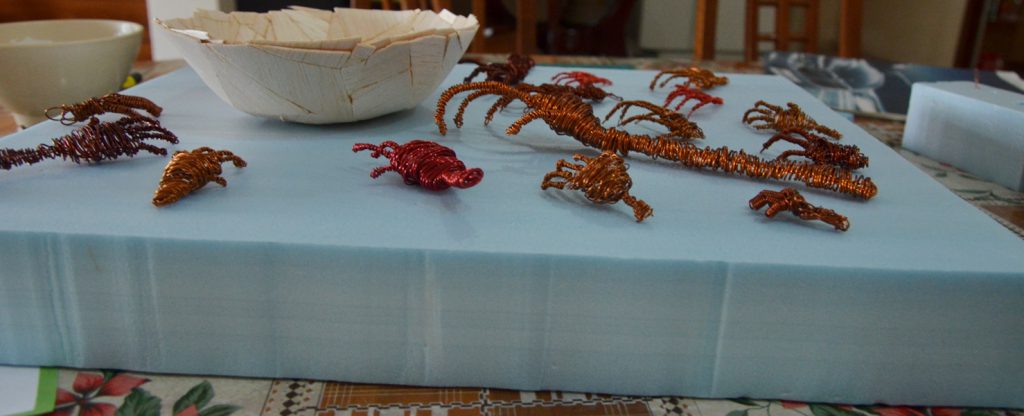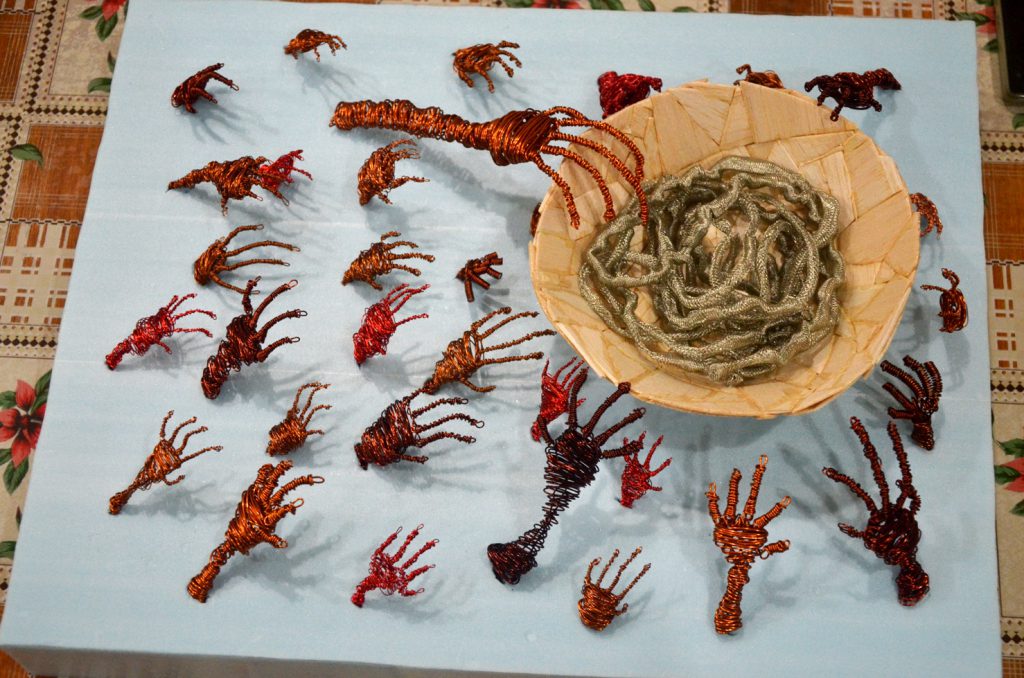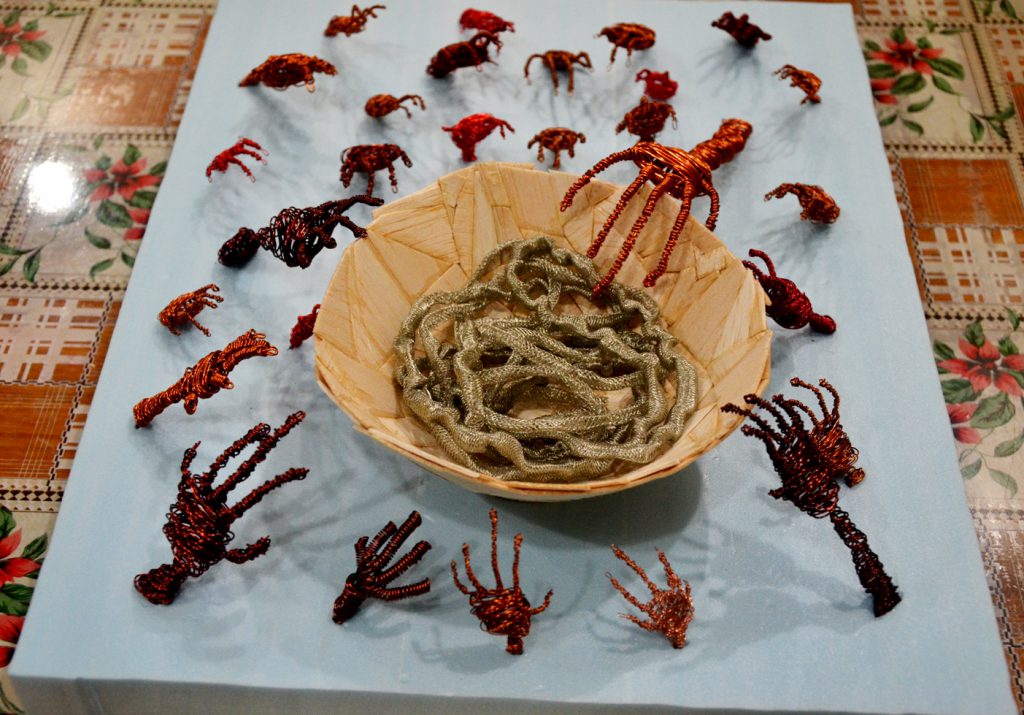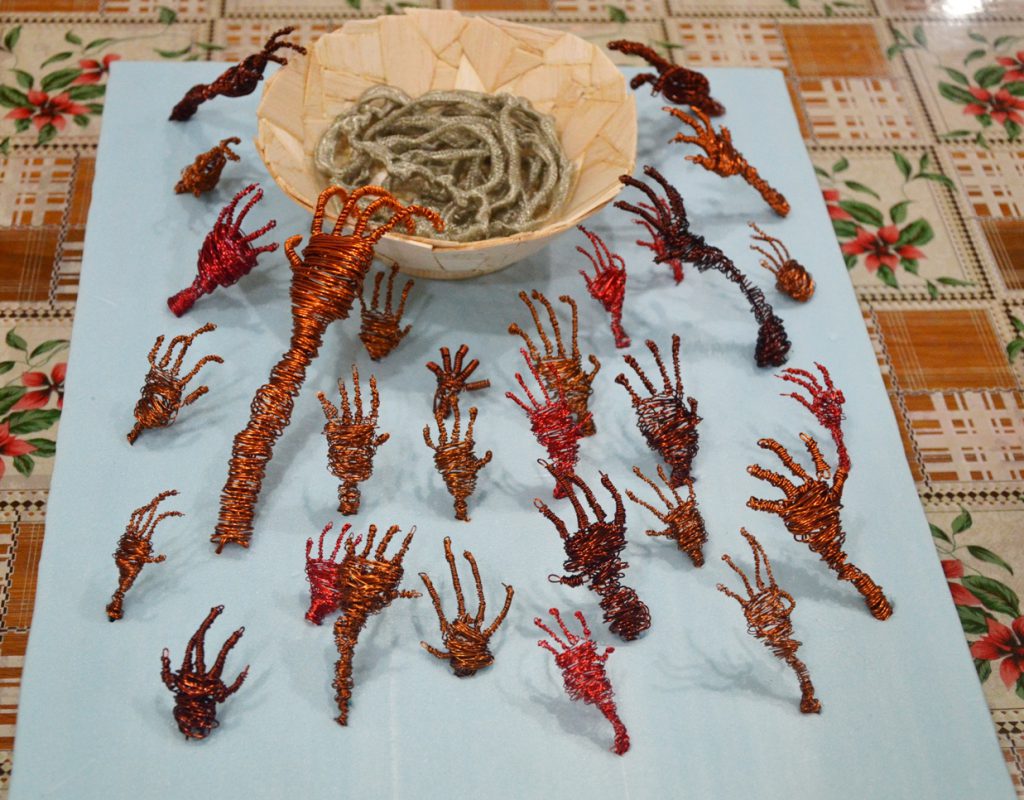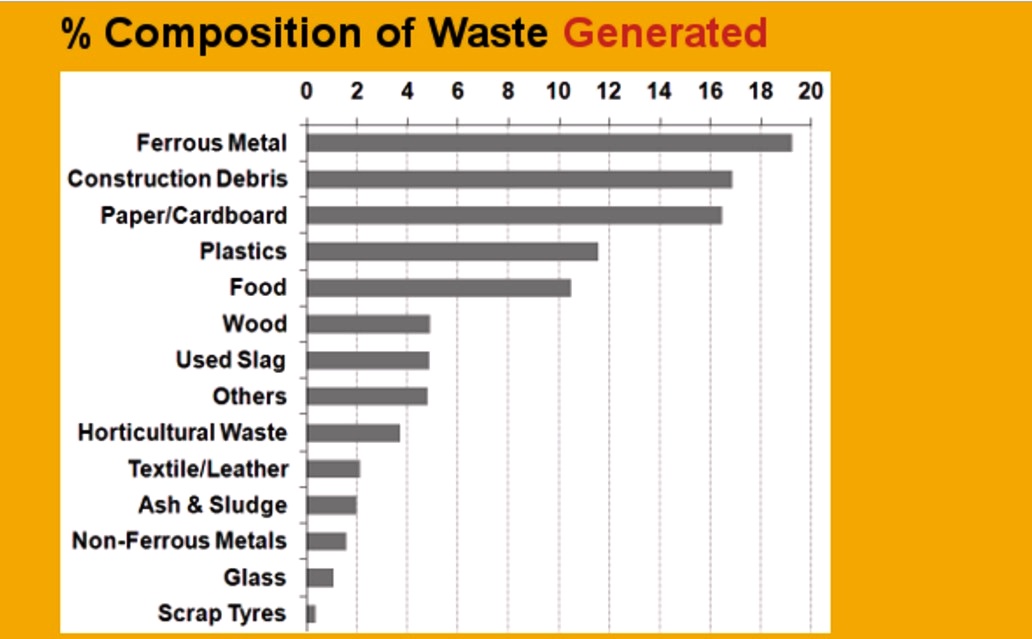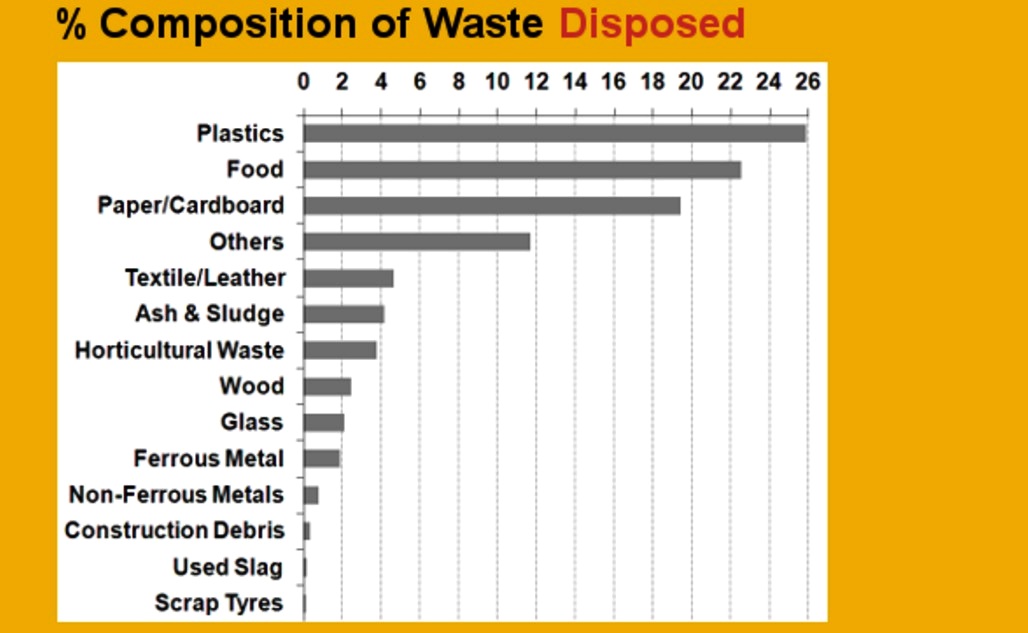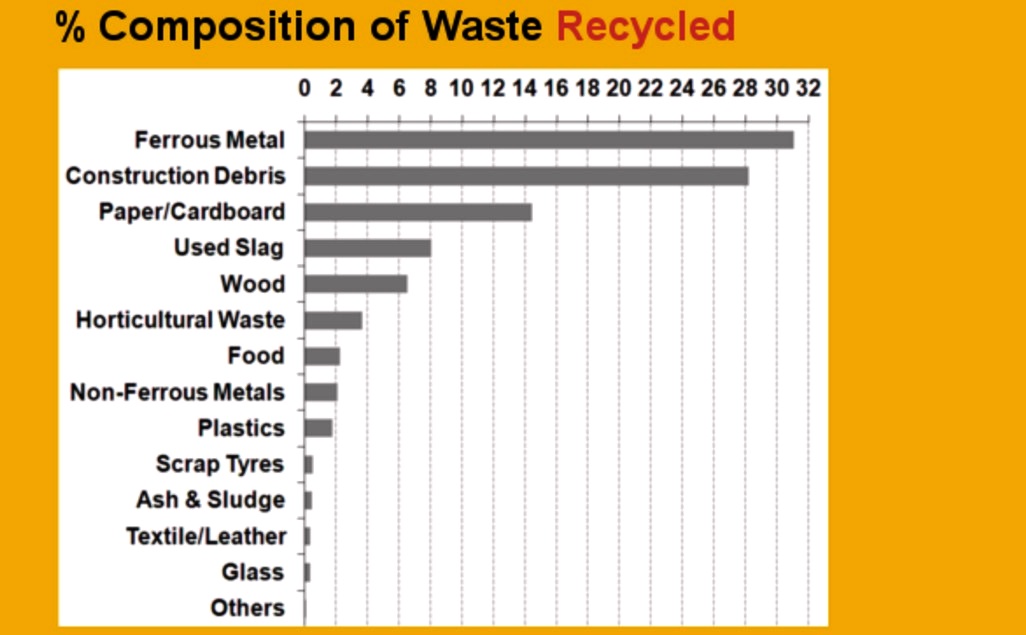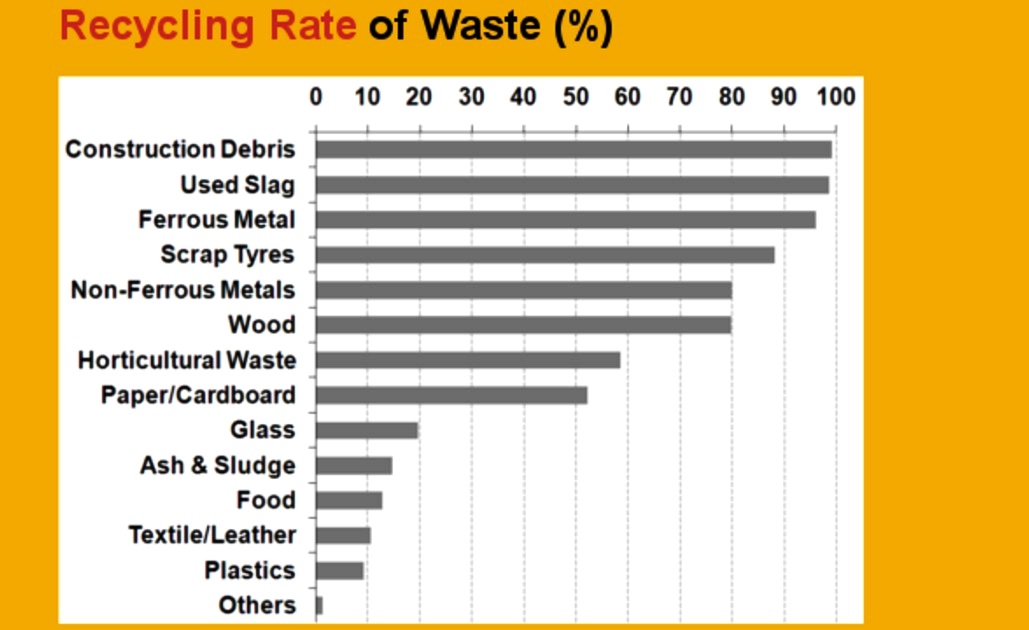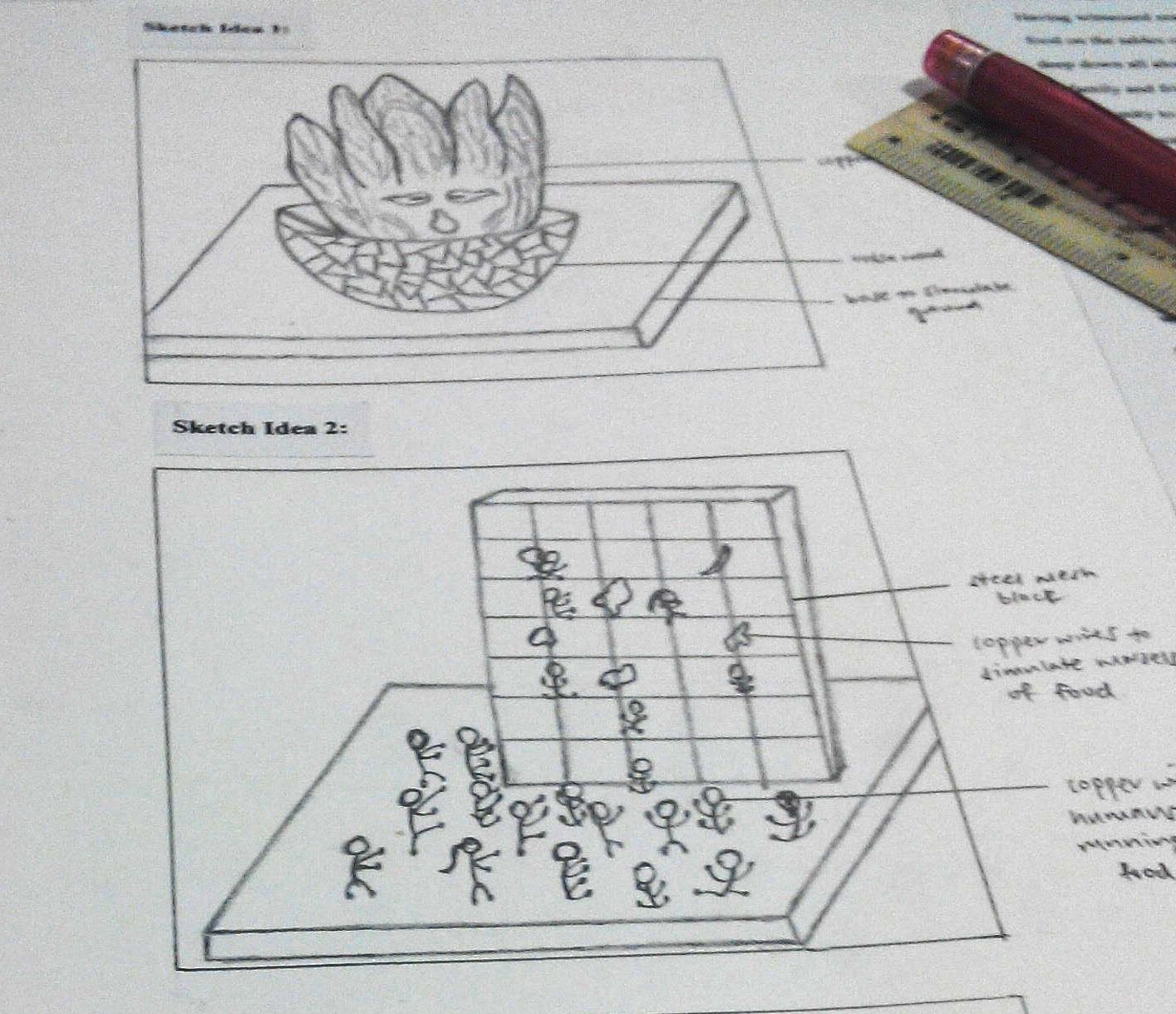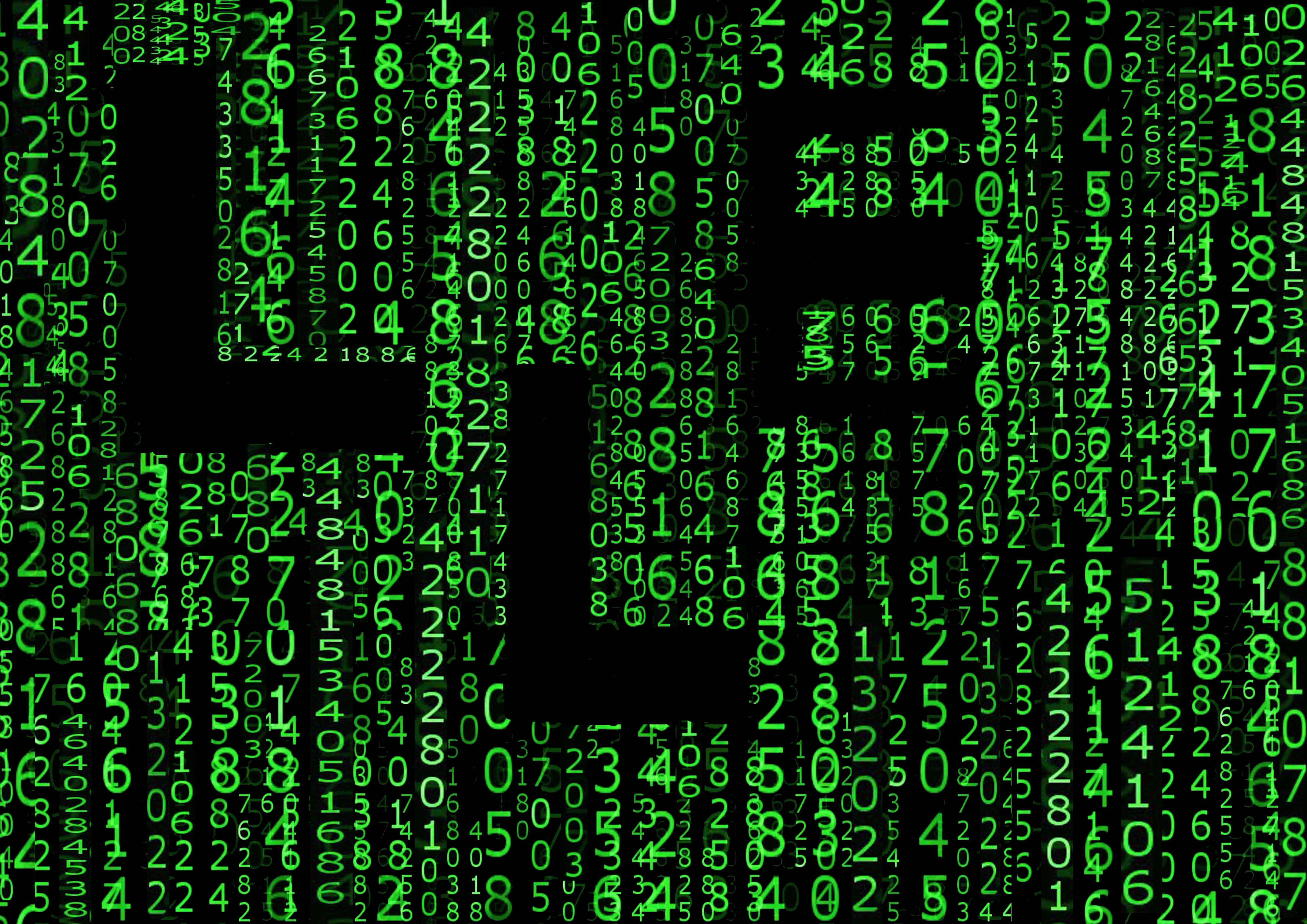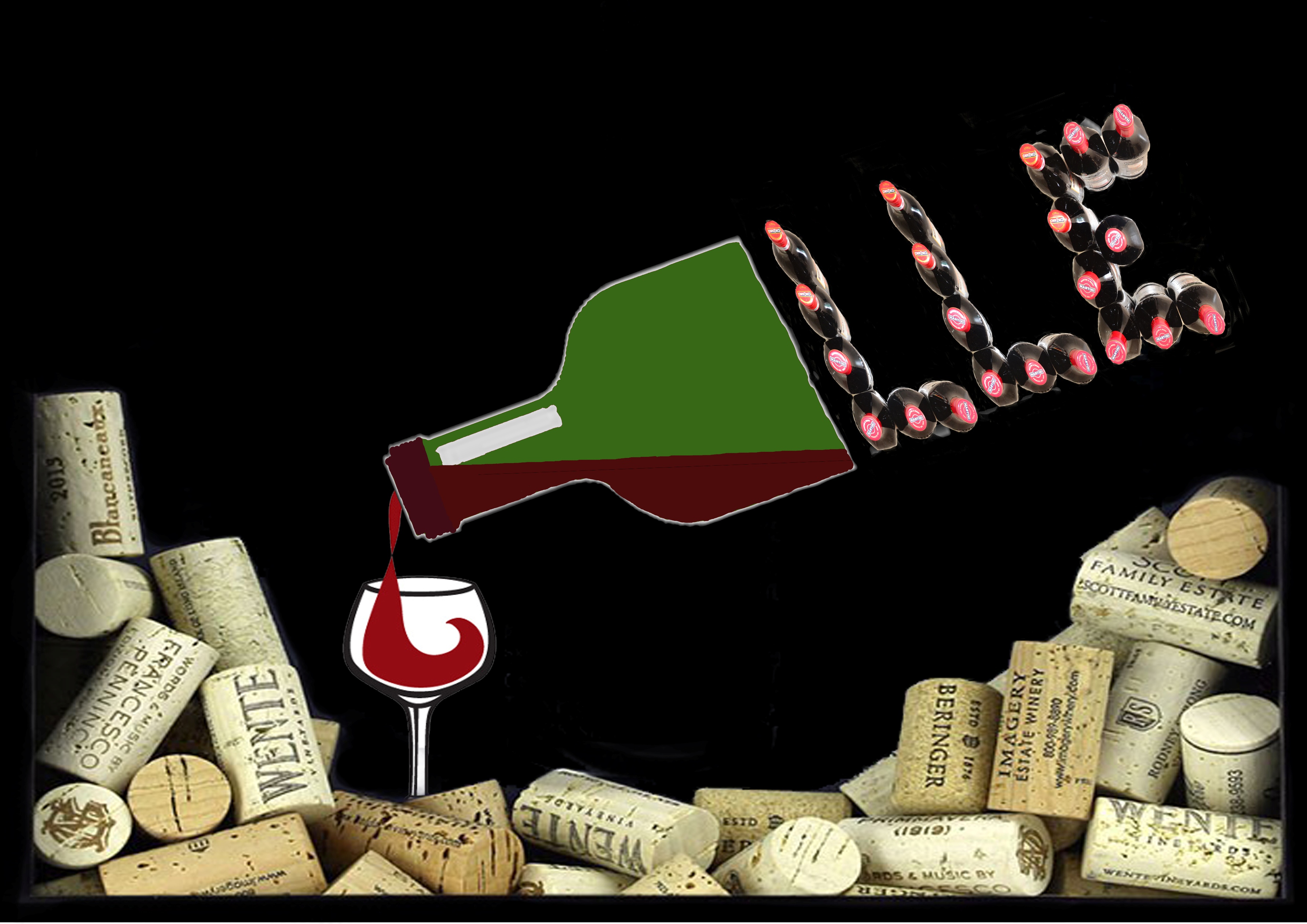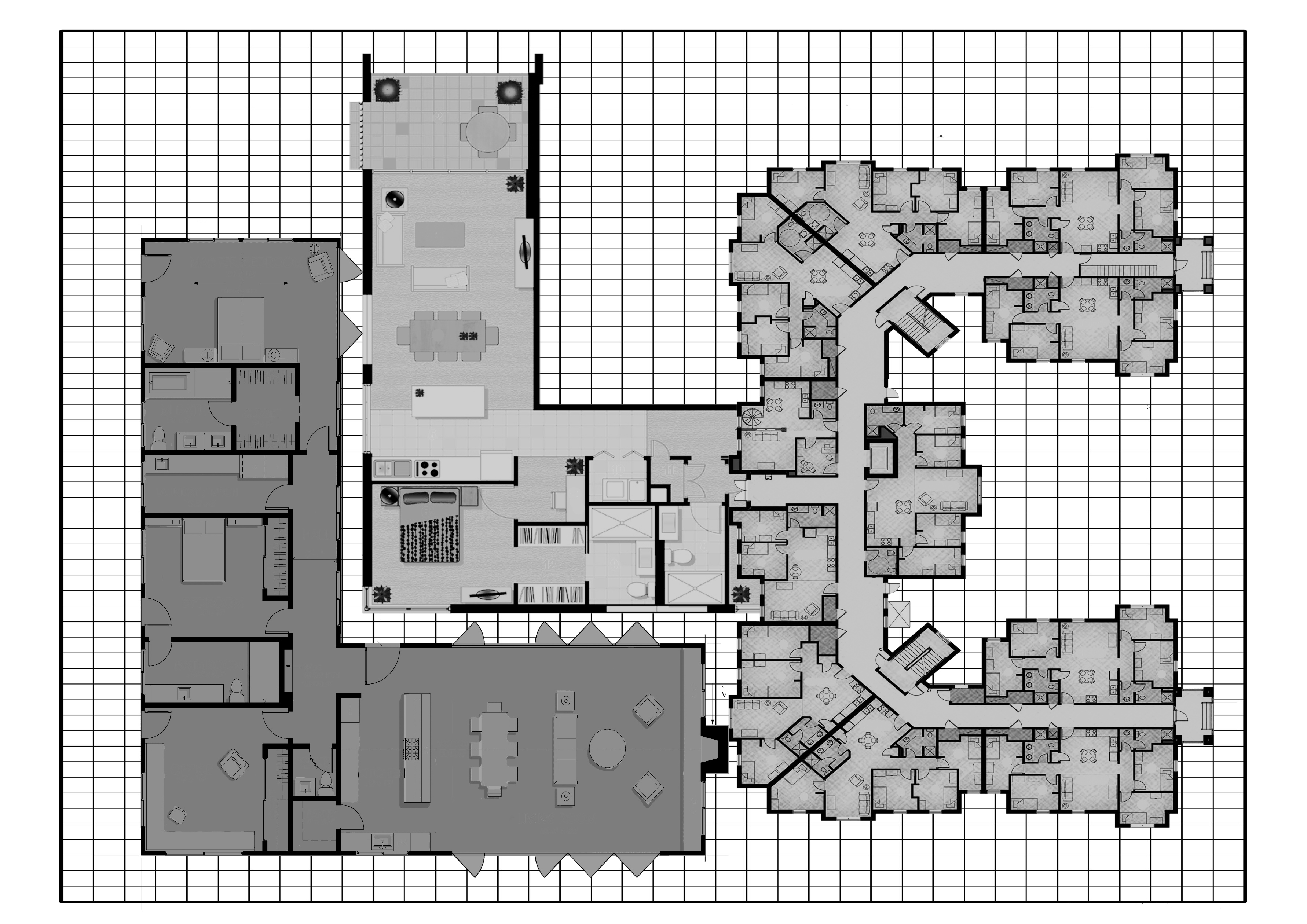It was my first time using indesign, hence I was extremely unfamiliar with it and had to learn from scratch. After the crash course from Tutor Shirley about Indesign, I felt more confident and began to do more self exploration. My zine process with be illustrated as shown below:
It will be shown through a progressive change for each page throughout my different versions.
COVER PAGE:

Initially I had no idea what to do for a cover page. Hence I came up with a “deadpan” look one like the one above.

Subsequently, I began to use more visual elements in my design but they made the zine look rather messy.

This is how my zine looked like after my first consultation. Elements used are simplified and the titles are all put together for ease of reading.

I then came up with another version on on own, wanting a sense of hierarchy to my cover.

This is how my final cover looks like after editing.
LAYOUT PAGE 2/3:

My original intention was to use this doll with 5 pins on it to mark out the 5 things about Mandai. However, the first thing that Tutor Shirley said when she saw this was ” you want to curse someone is it? Voodoo doll??” Then I realised my mistake in choosing this doll.

After which I decided to fill my 2/3 page with the birds as my subject matter. This is how the first attempt looks like.

Then I altered the text a little and created some emphasis on some words that seemed more important. However, after my consultation, I realised that this is actually a big nono.

I too learnt that my text should all be in one area and not all over the place. Hence I amended my text’s location and added white borders to my pictures to have a better sense of harmony.

The pictures at the bottom seem a little squeezy after that, so I removed one of them and enlarged the rest with more spacing between my text as well.

This is the version 2 of the bird sanctuary page I created.

This is the final layout I have decided to go with in the end.
LAYOUT PAGE 4/5:

Once again, this is the very first attempt for using the rectangle tool after the crash course.

I also tried to make use of some gradient effect as well. However, I realised that it can be distracting and thus removed it thereafter.

Pulling images into my layout in the raw state.

My attempt to add borders and shapes to my images and well as a title.

I played around with the different typeface and colour for the title as well as the texts in my layout. However, the feedback was that the caps title seems “angry” and I better change it to some other typeface. Also, deciding that white is not a good idea which actually breaks the sense of consistency, i changed it to black in the following picture below.

Again, I placed emphasis on some words which is not ideal at all and added white borders to my pictures.

I then shifted my text to one area as they should not be all over the place as mentioned in the previous layout.

Seeing that there is not much progress for version 1, I began to start on a version 2 instead. I also made conscious effort to let my pictures have a sense of hierarchy.

Eventually, this is my final layout for page 4/5 for my zine.
LAYOUT PAGE 6/7:

Again, this is my first attempt.

Adding title and pictures into it as usual.

Once again, text flying everywhere. Not ideal at all. Pictures seem rather cramped.

Trying to make use of white borders to help but they are not helping much either.

Tidied up the pictures and texts. Looks slightly better now.

However, I still went on to do my version 2.

This is how the final layout for page 6/7 looks like for my zine.
BACK COVER:

My first attempt at making a back cover page. I didn’t want it to look complicated hence I reused the same picture. I also want the viewer to have a ‘one glance to end’ kind of feel then the layout is as such.

I then proceeded to add some final text on it.

However, considering that the majority part of the zine is better in version 2, I also went along with the version 2 of my back cover.

This is the final back cover for my zine after adding some social contact.
Reflections:
I felt that this project really allows me to gain exposure on how to create a mini magazine on my own with a totally unfamiliar software. I learnt a lot through redoing and amending my zine with the feedback I received. Things like the typeface, fonts, colour, placement of pictures and texts, visual hierarchy etc are all very important in a zine and I am really glad I tried many ways and means to get this project done. My initial intention was to do a zine purely on Mandai Crematorium and the comparison between an army’s officer’s procession versus a civilian one. But then it resulted in a very dark aura around my zine, something I didn’t want, hence I changed my subject matter to the 5 things you probably didn’t notice in Mandai. At first my title page was just as literal but subsequently I changed it to a more indirect one “Beyond Trees” since many people think that Mandai has nothing but trees over there. Despite having many doubts and insecurities, it was a chance for exploration, experimentation which actually made me enjoy the process.









